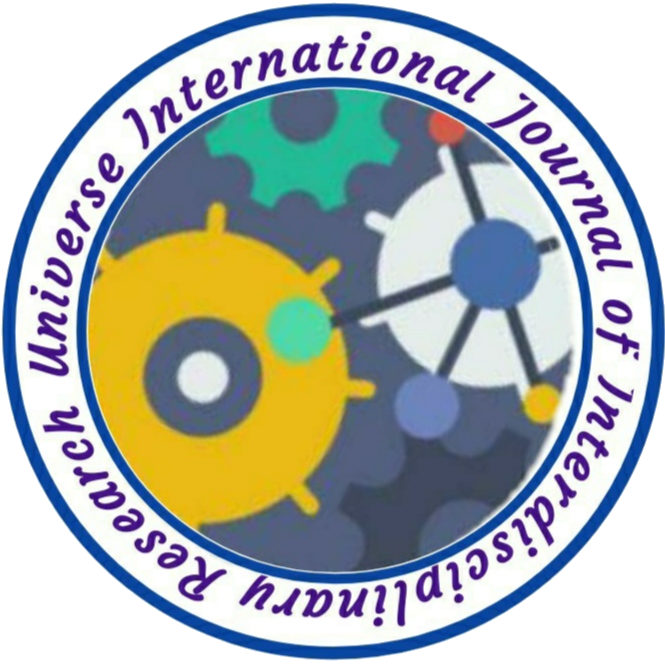REVIEW OF TWIN-TO-TWIN TRANSFUSION SYNDROME: A COMPREHENSIVE ANALYSIS
Author Name: 1. Dr. Savitha G R, 2. Prof. Dr. Gopi D, 3. Jay Kumar Sharma, 4. Deepak Mewara, 5. Dr. R Suresh, 6. Ms. R Uma Maheswari
Volume/Issue: 04/07
Country: India
DOI NO.: 08.2020-25662434 DOI Link: https://doi-ds.org/doilink/12.2023-71769266/UIJIR
Affiliation:
- Assistant Professor, School of Nursing, DRIEMS University Cuttack, Odisha, India. savithagr1986@gmail.com
- Dean cum Principal, School of Nursing, DRIEMS University, Cuttack, Odisha, India. kavigo1980@gmail.com
- Assistant Professor, JIET College of Nursing, Jodhpur, Rajasthan, India. jaykumarsharmajp@gmail.com
- Assistant Professor, JIET College of Nursing, Jodhpur, Rajasthan, India. mewaradeepak3@gmail.com
- Dean cum Principal, Roohi College of Nursing, Bangalore, Karnataka, India. srsureez@gmail.com
- Professor in Nursing, Krishna College of Paramedical and Allied Health Science, Trichy, Tamil Nadu, India. umamscmsn@gmail.com
ABSTRACT
Twin to twin transfusion syndrome (TTTS) is a frequent complication that typically occurs during the second trimester of pregnancy in identical twins who share the same placenta. It happens when one twin transfers fluids and hormones to the other through blood vessel connections on the placenta. If TTTS is not recognized and treated, it is the primary cause of fetal loss before they reach viability. The most reliable method to determine if twins share a placenta is through ultrasound in the first trimester, which guides the monitoring of these twins. TTTS is diagnosed using ultrasound, where one twin experiences excessive amniotic fluid (polyhydramnios) due to an overload of fluids and frequent urination (polyuria), while the other twin has insufficient amniotic fluid (oligohydramnios) due to decreased urination (oliguria). The severity of the condition is assessed by evaluating bladder filling and the blood flow in the arteries and veins using Doppler patterns. Examining the cardiac function of the fetuses provides insights into the cardiovascular impact of TTTS and helps identify fetuses that may need postnatal follow-up. The standard treatment for TTTS is fetoscopic laser ablation, which involves sealing the blood vessel connections between the twins to make their circulations independent of each other and cure the condition. To improve overall outcomes and understand the long-term effects of TTTS, strategies to reduce preterm birth after treatment and standardized reporting by laser treatment centers are crucial considerations.
Key words: Twin to twin Transfusion Syndrome, Placenta, Pregnancy, Birth

No comment